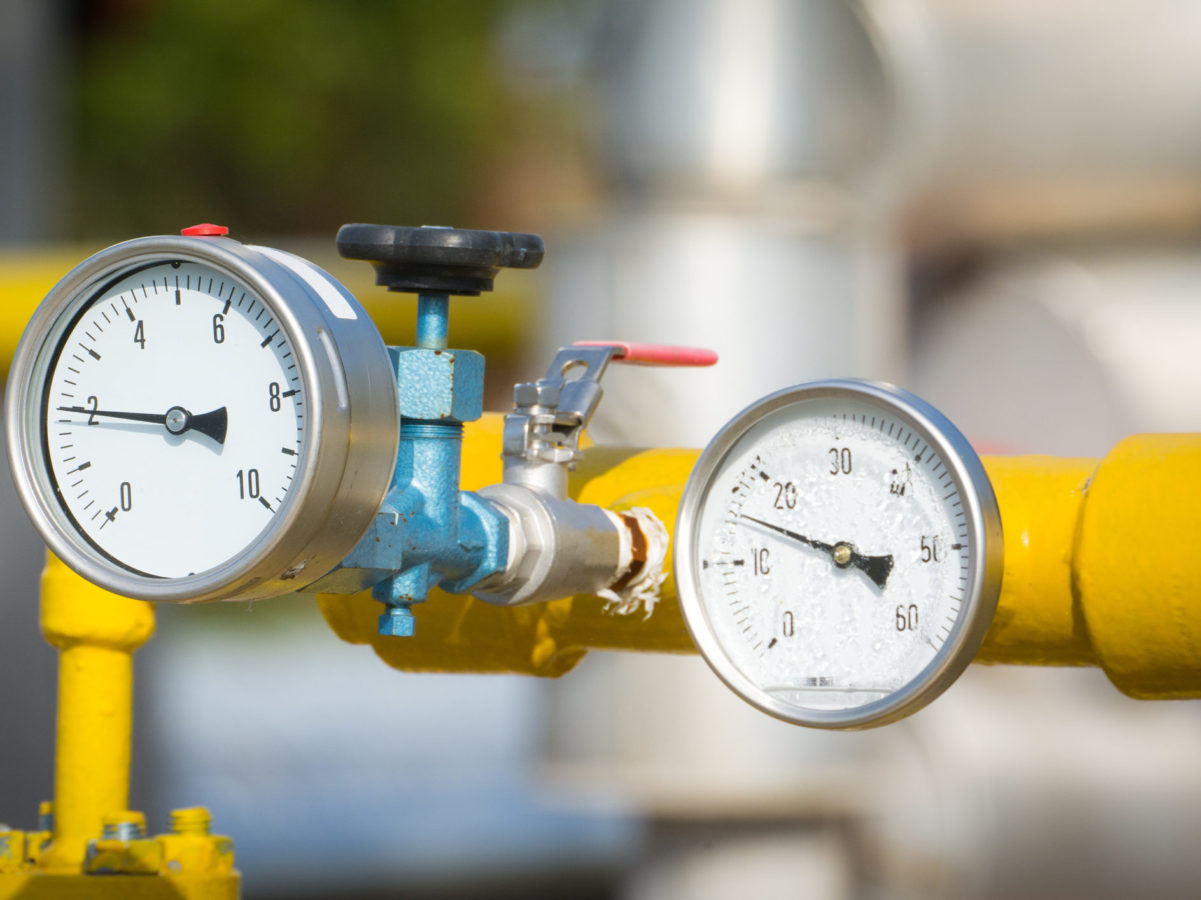
With the gas explosion in San Bruno in 2010 came an uptick in public attention to the hazards of pipeline leaks. Regulators in several states are mandating more regular inspections and reporting, and penalties for incidents can be crippling.
It is not just high-volume leaks that have potential for harm. Smaller gas leaks, which are predominantly methane, add up to more greenhouse gas. According to EPA estimates based on data from 2016, transmission, storage and distribution account for 23% of methane leaks over the natural gas production to distribution process.
Advances in monitoring technology and analytics promise to deliver better identification and faster resolution of potential natural gas distribution hazards. It is still early days, though. Remote monitoring technologies are costly to deploy and maintain, especially in the widely dispersed gas transmission and distribution system.
Solar-power batteries are one approach to deploying multiple sensors along pipelines, as are magnetic-attached sensors that detect corrosion through measurement of magnetic fields. In another approach, Southern California Gas Company (SoCalGas) is piloting a fiber optic cable installation using changes in light signals to monitor the condition of high-pressure transmission pipelines in real time.
Another alternative is using mobile detection, rather than fixed sensors. Truck-mounted mobile detectors have been in use for several years and are becoming more popular. CPS has just deployed the Smart Sniffer, complete with onboard analytics, to check for leaks. A newer trend is research into low-cost sensors and analytics for drone-based and handheld leak detection.
What’s the role of analytics? Start-ups such as Multi-Sensor Scientific and Acutect, Inc. have developed thermal and non-thermal infrared leak detection that rely on camera images and embed gas density and leak rate algorithms plus visualization. Analytics are also being used to predict areas where leaks are likely to occur and prioritize repairs and/or replacement. Here are two utility examples:
PS&EG Leak Prioritization: Working with the Environmental Defense Fund (EDF) and Colorado State University (CSU), PSE&G developed a Hazard Risk Model to rank pipelines for replacement. The distribution system was plotted using the GIS system into segments. A Google Street view car equipped with leak detection surveyed segments given priority by the Hazard Risk Model. Spatially attributed leak data was used to create a visualization of the relative size, frequency, and location of leaks in various pipeline segments. This allowed PSE&G to prioritize pipeline replacement. For more information see Integrating Leak Quantification into Natural Gas Utility Operations. ConEd has also worked with EDF/CSU to create on-line accessible leak maps.
ConEdison Gas Corrosion Mitigation: ConEd sought to identify the areas of highest risk for pipeline leaks from the residential property line to point of service. The company suspected that gas pipelines running under stoops are prone to corrosion. However, there was no source to information stoop locations in the city. The company has deployed machine learning to solve this problem. An analytic model was applied to internal data (inspection, service) and external data from a real estate partner (building structure, proximity to bodies of water) to predict stoop locations. Validation data from on-site inspections were fed back to fine-tune the model. Using a specially developed Python model, ConEd has improved location accuracy to 90%. The stoop model is now in full production.
The myriad of technology, especially for detection, is promising. Still, there is room to grow. Utilities need greater visibility to pipeline integrity that can be achieved at a manageable cost. Collaboration to develop best practices and analytics for identifying, predicting and prioritizing remediation for potential pipeline hazards will help.
Want to know how UAI members are solving today’s challenges with analytics? Learn more here.















